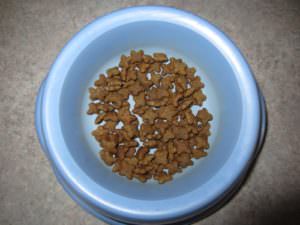
February 12, 2015
Urinary conditions are painful, frustrating and can even be life threatening in cats, so urgent veterinary attention should always be sought. Urinary disorders include bladder stones/crystals, infections and idiopathic cystitis and treatment will depend on the correct diagnosis.
Traditionally all urinary conditions were treated with medication only. More recent work has shown that conditions such as idiopathic cystitis (inflammation of the bladder where the cause is unknown) could be linked to lifestyle factors such as boredom, stress and obesity. Therefore, making changes to the diet and environment can help to keep your cat’s urinary tract healthy.
Why should you encourage drinking?
An adequate intake of water is essential for all healthy cats, however increasing water to dilute the urine is the single most important thing you can do if your cat is prone to urinary conditions such as idiopathic cystitis.
Cats don’t like drinking…
There’s a myth that cats are notoriously bad at drinking water. In fact, some people believe they should not be fed dry food at all because of this low thirst drive but there is no scientific proof of this. Lacking the urge to drink fluids also makes little sense considering their ancestors come from dry, hot countries.
How can you encourage drinking?
Adding water to the cat food
Why not simply add water to one or all of their meals? You can do this with either dry or moist food. Warm-hot water is best because the food soaks quickly and the warmth of the water brings out the aroma of the food and encourages eating (cats prefer their food at body temperature). Boiling water is not recommended as it may destroy heat-sensitive vitamins and could result in your cat burning his/her tongue.
Burns Original Cat food easily soaks down and makes a delicious alternative to feeding the food dry – with the benefit of no messy pouches or cans! Here is an example of how quickly you can change the texture of Burns.
1. Burns food before soaking

2. Burns food after 10 minutes of soaking in warm-hot water

3. Burns food soaked & mashed up








